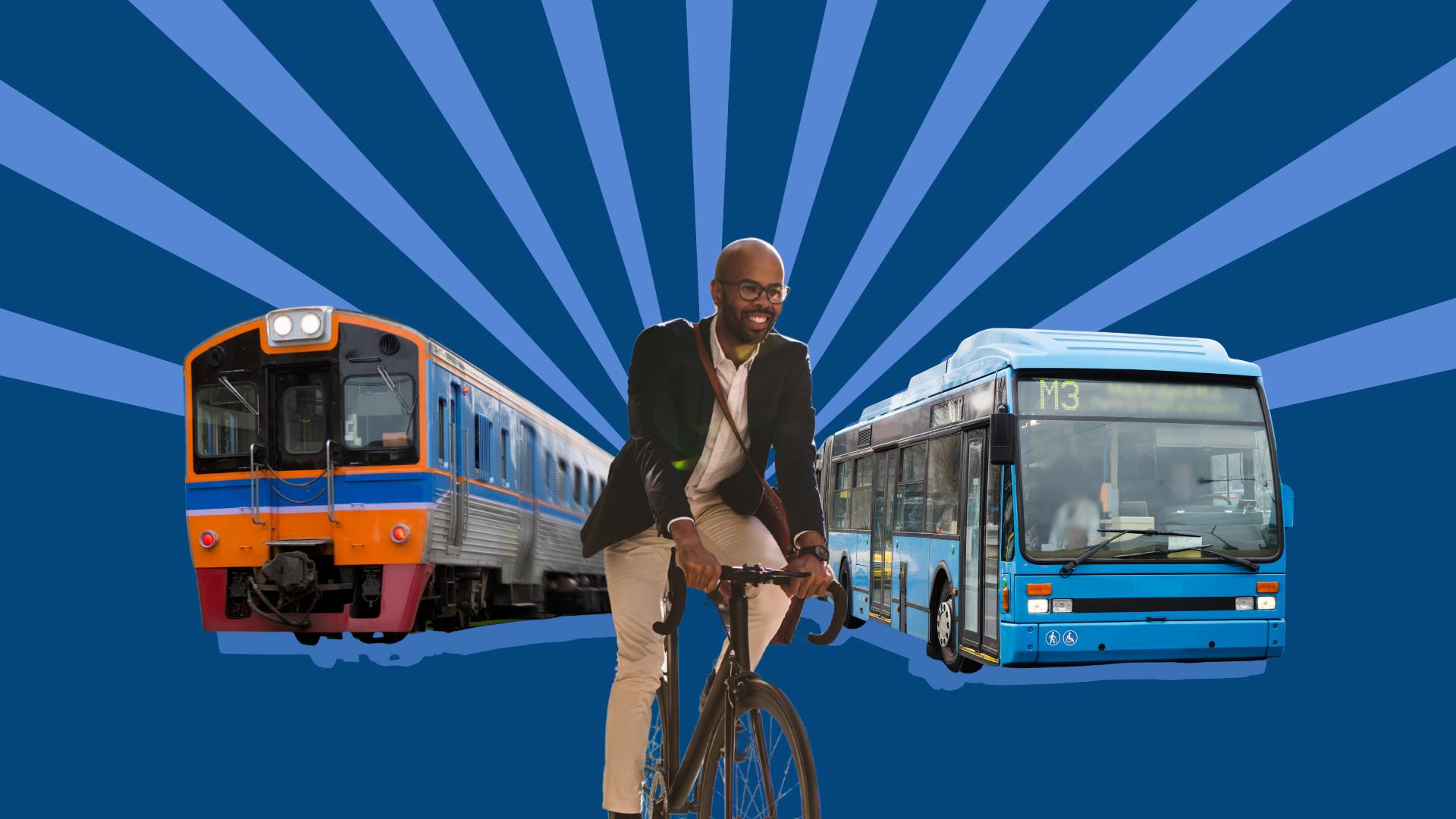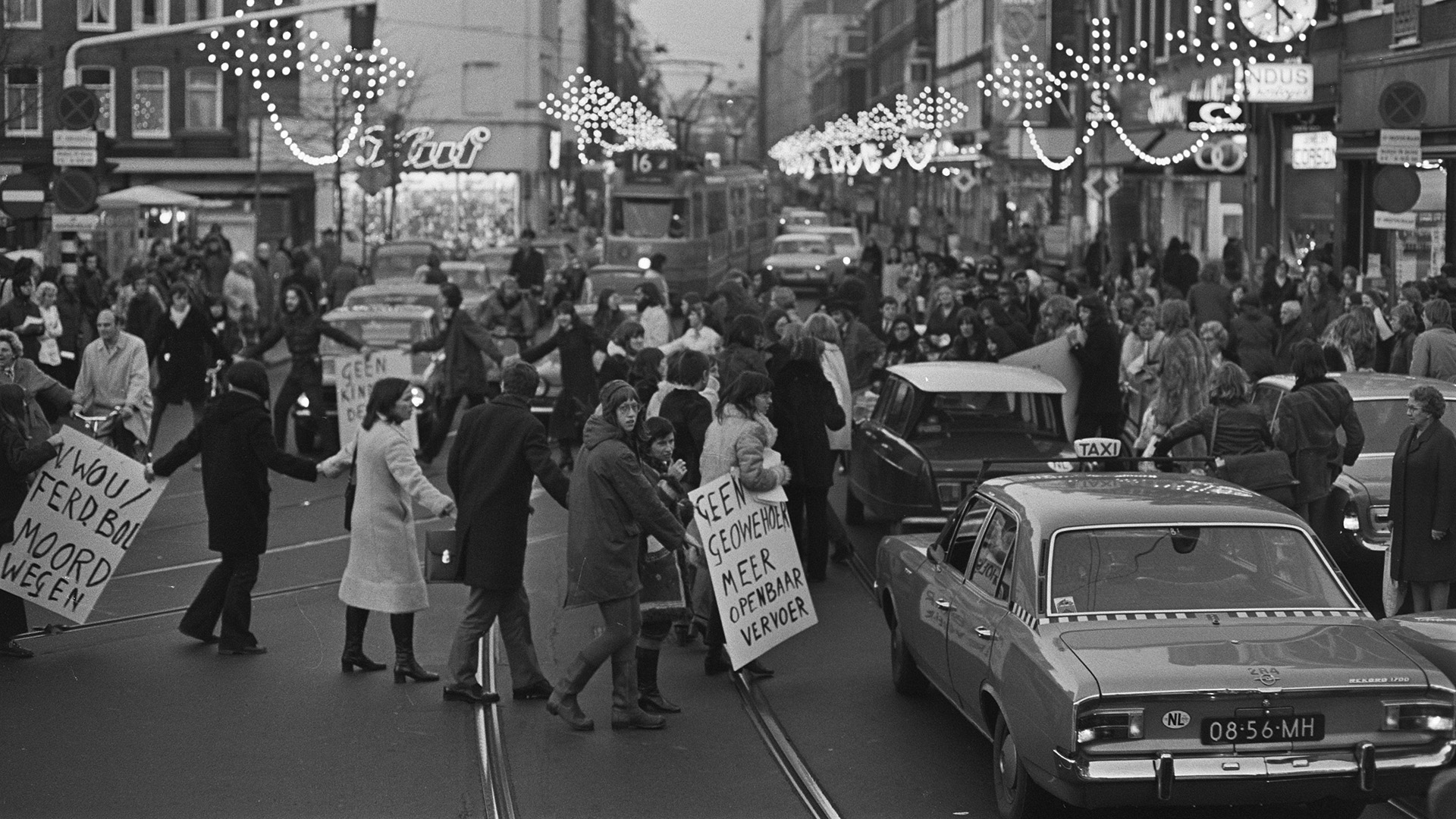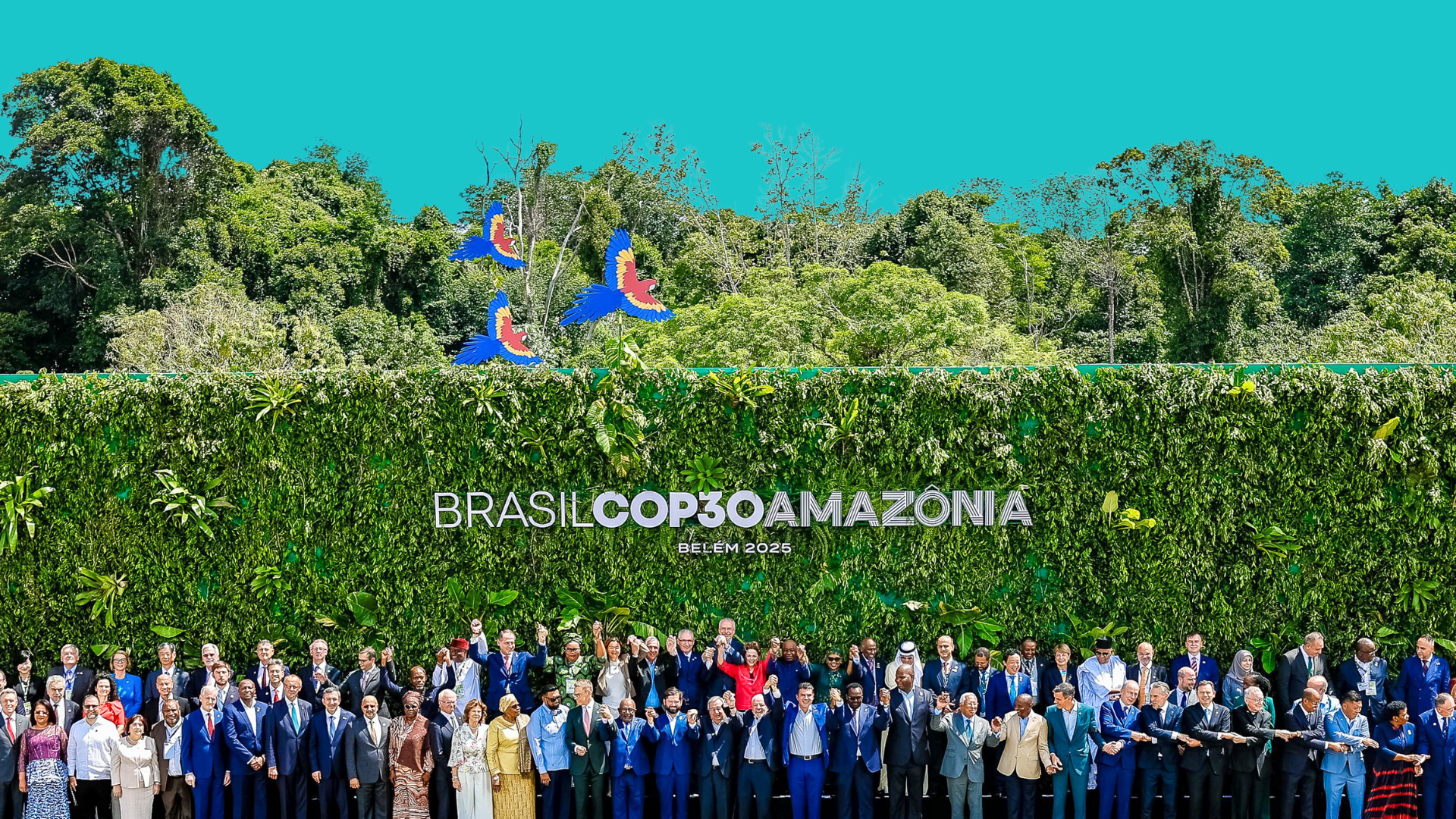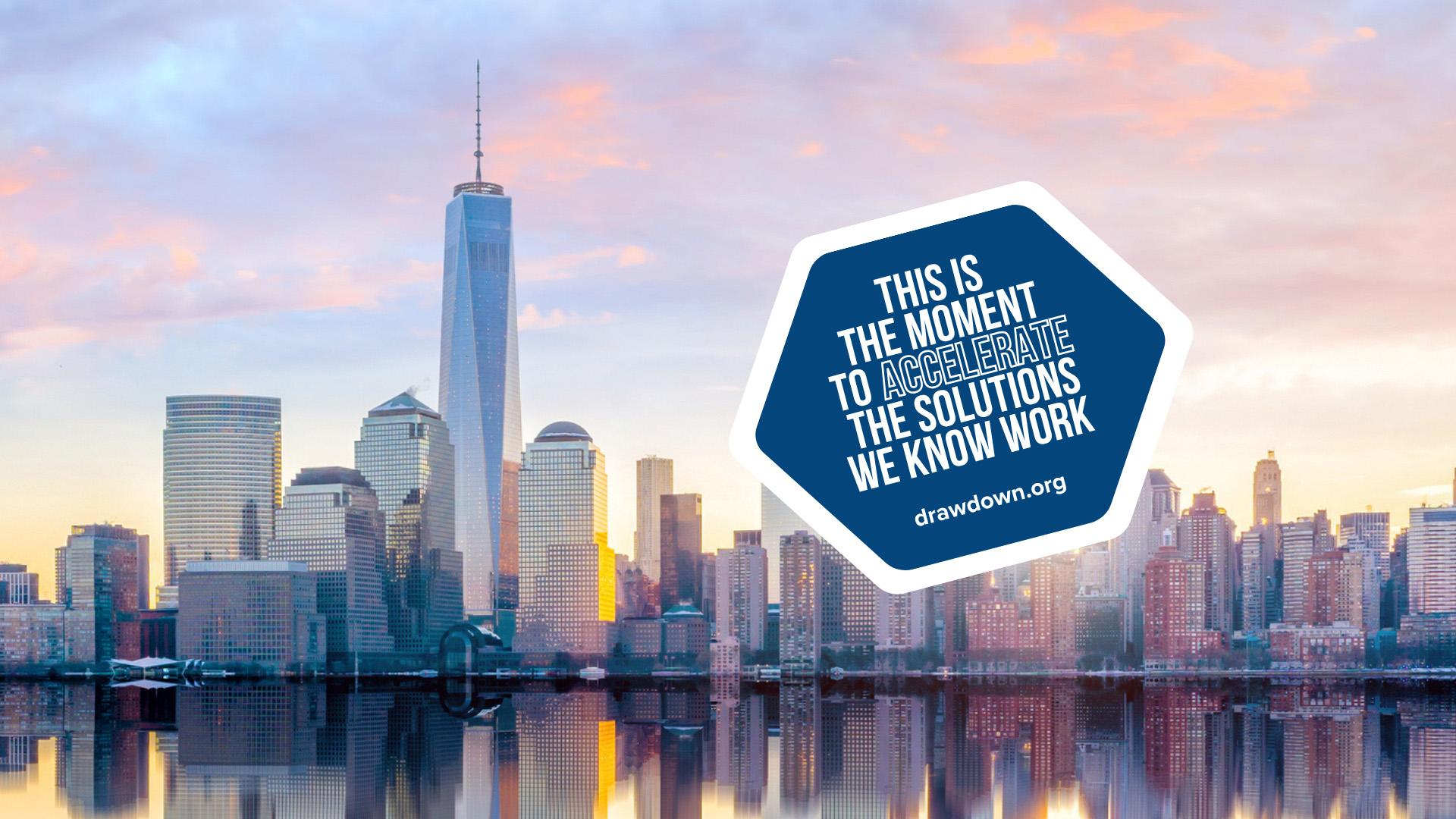Even if you like the idea of driving a car as a way to unwind, on a cross-country road trip, say, does that kind of driving bear any resemblance to the frustrating, congested commutes that most people in car-dependent cities have to undertake every day? Probably not. There's a reason why car commercials all have the same disclaimer: "Professional driver on closed course." For most people, most of the time, driving isn't much fun.
I say this up-front to soften the blow of my next point: We have to drive a lot less. Even in today’s world of widespread electric vehicle adoption, radically reducing car travel is the only way we can realistically cut greenhouse gas emissions from transportation at rates that constitute a real climate solution. There is room for people with disabilities, tradespeople, people in rural areas, and others for whom a car is truly indispensable to continue driving. For the rest of us: We need to find other options – not just for the climate, but also for our own happiness.
Electric vehicles have a privileged place in popular narratives about sustainable transportation, and for good reason. Even if the electricity comes from fossil fuels, electric cars can reduce emissions from driving. If a transition to renewable energy happens in tandem with the electrification of mobility, then the direct well-to-wheel emissions per passenger-kilometer – the primary metric researchers use to assess transportation solutions – drop to nearly zero. But this does not tell the whole story. There are several problems with just shifting from fossil-fueled cars to electric ones.
First, electric cars have higher embodied emissions (emissions from producing the cars) than conventional cars – high enough to significantly offset their greenhouse gas advantage.
Second, there are real constraints on how quickly we can build electric cars. For the moment, we are not building anywhere near enough batteries (or battery factories) to replace all of the world's one-billion private cars with electric alternatives anytime soon.
Lastly, electric cars might have some climate benefits, but they do not solve many other problems caused by car dependence, such as urban sprawl, car crashes (which kill over one million people per year around the world), or high transportation costs. Even air pollution, often touted as a major benefit of electric cars, is only partially addressed by them since much of the pollution of air and water that comes from cars comes from tires and brakes, rather than out of the tailpipe.
We do need electric vehicles, but we should save our scarce supply of batteries for the vehicles that really need them, such as buses, ambulances, trucks, and cars for people with no other option.
Fortunately, we already have all the technologies we need to build a less car-dependent mobility system. In fact, most of our best options for passenger transportation are older than cars themselves. Trains, streetcars, subways, and bicycles are all 19th-century inventions that are better for human health and the environment. Policymakers just have to choose to build or support them, and passengers just have to take them. Moreover, they can be enhanced by a few recent innovations, such as electric buses, high-speed trains, and e-bikes.
Since most people in wealthy countries use a car for all trips, from a two-minute grocery run to a nearby store to a cross-country move, it can be tempting to assess alternatives in the same way: Which single low-carbon transportation technology is best? It is better, however, to think about the synergies between trains, bikes, buses, walkable communities, and other alternatives.
Research on low-carbon mobility finds that car dependence can have a kind of ratchet effect. People buy cars because they need them for one trip, for instance, a weekly visit to parents in the suburbs. But once they have a car, they develop habits that see them driving for all their trips. Therefore, the solution has to be to create a transportation network that empowers people to live completely car-free.
That means thinking not just about how to enhance pedestrian infrastructure or public transit but also about designing efficient, convenient public transit networks that anyone can access on foot from their house. It means not just bike racks or trains but also bike racks on trains. And it means ensuring that we provide options for those trips that are currently particularly difficult to undertake without a car: trips with young children, trips with heavy items, and trips outside of downtown areas.
It is common in climate circles to talk about the additional benefits of climate solutions in mechanical terms: improvements in health outcomes, GDP, or environmental protection. But some of what we stand to gain from reducing our reliance on cars is more fundamental. As shown by millions of tourists who vote with their feet every year, car-free places are often more beautiful, more fun, and more conducive to general human well-being than those that are clogged with traffic jams.
Bringing about this future requires a lot of local action. To start, we need to ask ourselves: Do we really enjoy our commutes? What might make them more enjoyable? What do our communities need? Which journeys are the hardest to undertake? Which are the most likely to require a car? And most importantly, how might we do better?
The solution to these problems is not to guilt or browbeat people into giving up their cars. We don't need to change minds; we need to change infrastructure. That means sidewalks, pedestrian bridges, bike lanes, streetcars, subways, and high-speed trains.
It might be tempting to dismiss this as naive. "We aren't Amsterdam" is a refrain I’ve often heard from opponents of these kinds of measures. In some sense, that's true. Every community is different. But even Amsterdam – a beacon of low-carbon, efficient, and beloved public transportation – was not always Amsterdam. Pictures of Amsterdam in the 1970s reveal a city as car-dependent as any other at that time. It was a determined social movement that changed it into the bike and transit paradise it is today. If they can do it, so can you in your city. When it comes to transportation, all of us deserve to live like we’re on vacation.
Cameron Roberts is an interdisciplinary social scientist and Project Drawdown Research Fellow. He is particularly skilled at using insights from the past to inform our understanding of how low-carbon innovations might have a greater impact in the future. His work for Project Drawdown focuses mainly on low-carbon transportation solutions.
This work was published under a Creative Commons CC BY-NC-ND 4.0 license. You are welcome to republish it following the license terms.













